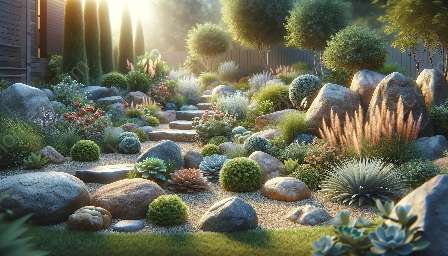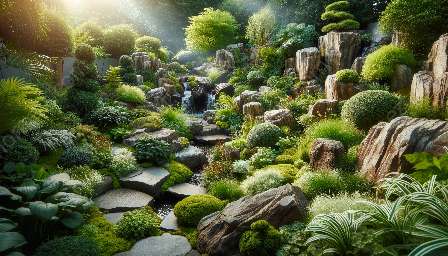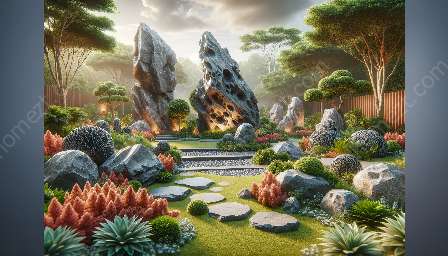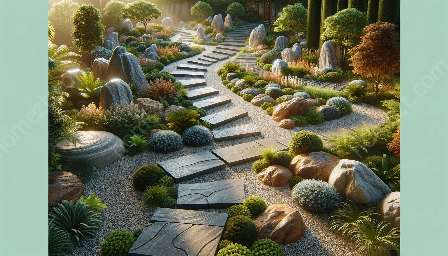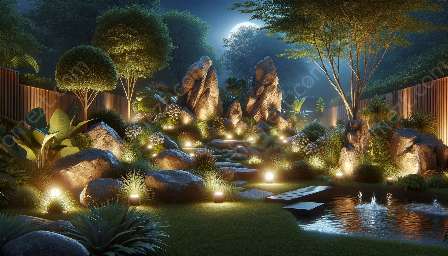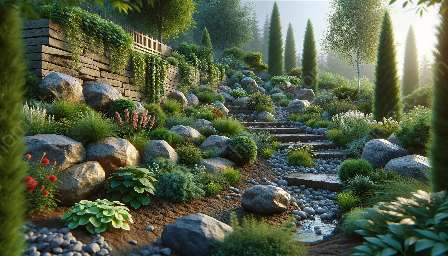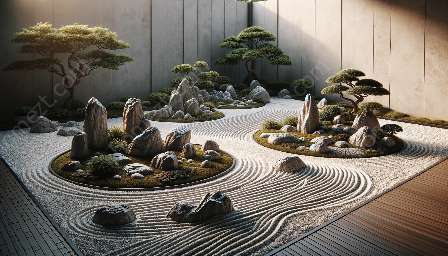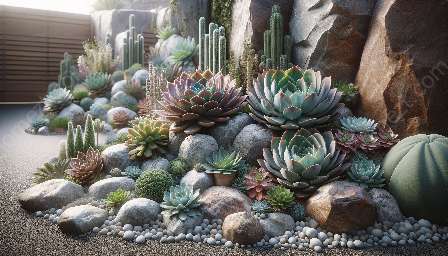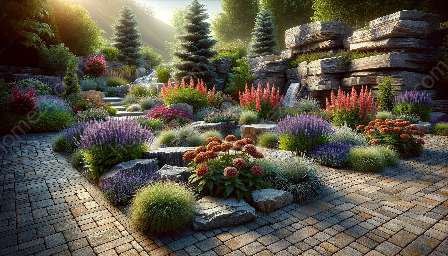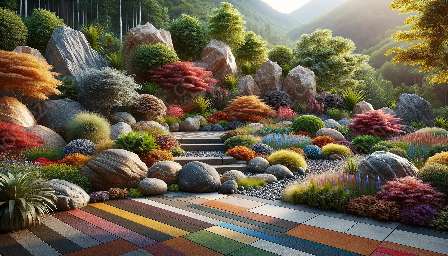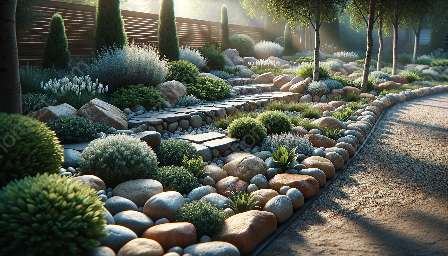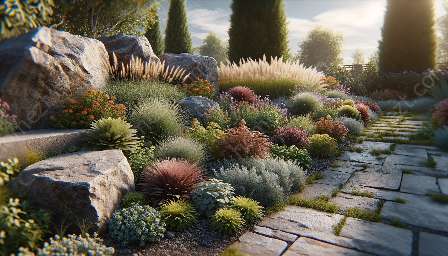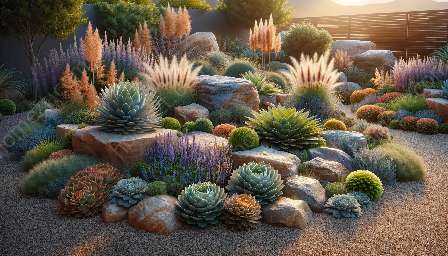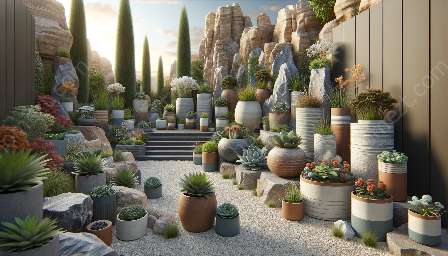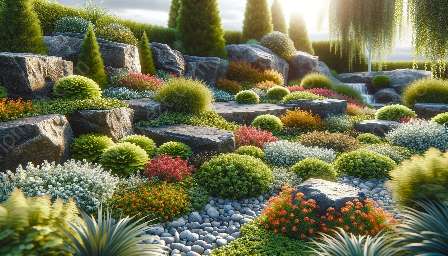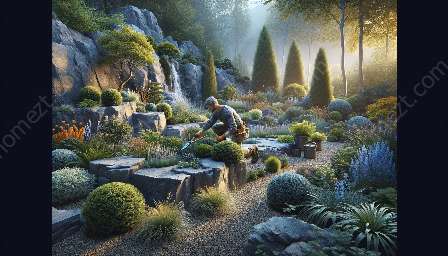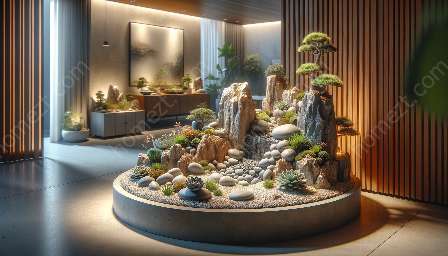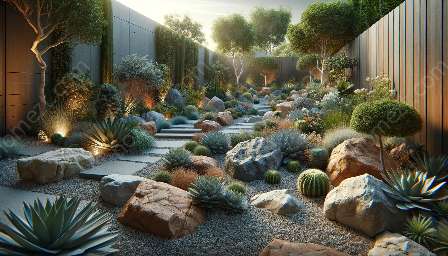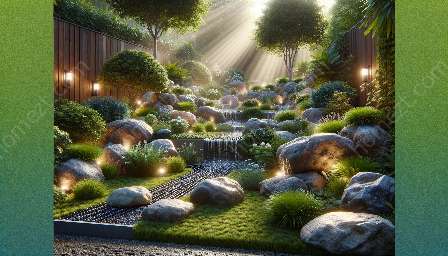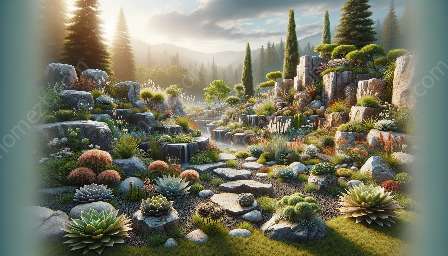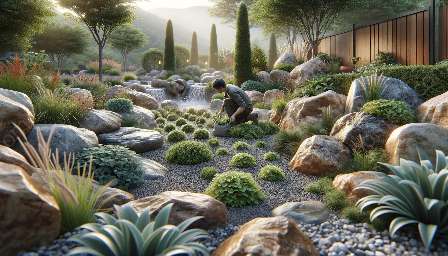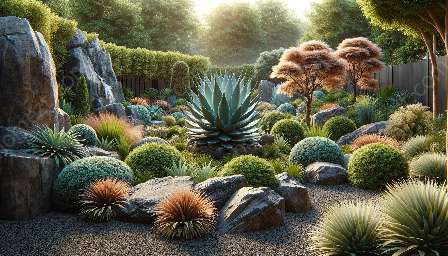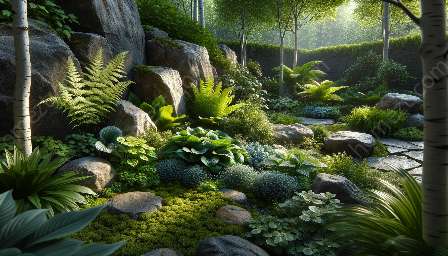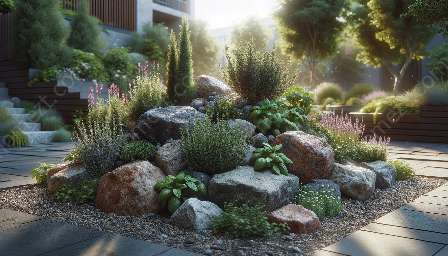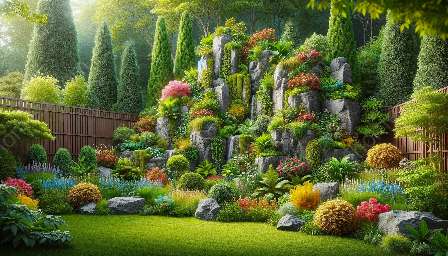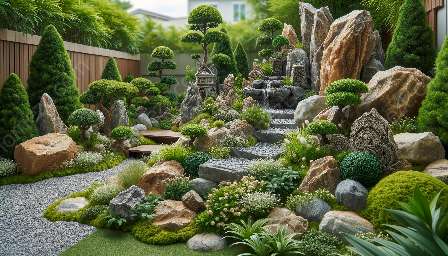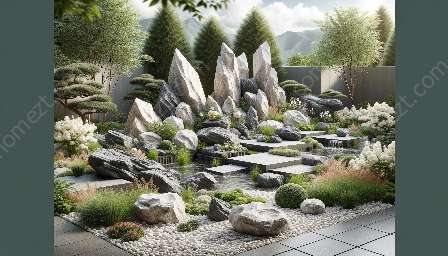Rock gardens and herb gardens are two distinct yet complementary elements that can greatly enhance the beauty of any landscaping project. Both of these garden types offer unique benefits and creative opportunities for gardening enthusiasts. This article explores the captivating features of rock gardens and herb gardens and provides practical tips for incorporating them into your own outdoor space.
Rock Gardens: Unleashing the Beauty of Natural Rocks
A rock garden, also known as a rockery, is a specialized garden designed to feature rocks, stones, and alpine plants. It provides a striking contrast to traditional floral gardens and adds a natural ruggedness to the landscape. Rock gardens are an excellent choice for homeowners who want to create low-maintenance yet visually appealing outdoor areas.
When planning a rock garden, consider the types of rocks and stones that best suit your landscape. Limestone, sandstone, and granite are popular choices for creating a visually stunning rock garden. Additionally, integrating various sizes and shapes of rocks can add visual interest and depth to the garden.
One of the most exciting aspects of rock gardens is their adaptability to different terrains and climates. Whether you have a sloping hillside or a flat yard, a rock garden can be designed to blend seamlessly into the natural surroundings. These gardens also provide excellent opportunities for creating microhabitats, allowing for the cultivation of rare and unique plants.
Tips for Designing a Rock Garden
- Study your landscape: Take note of natural features, such as slopes, crevices, and existing rocks, to inform your rock garden design.
- Select appropriate plants: Choose alpine and rock garden plants that thrive in rocky, well-drained soil and provide a harmonious blend of colors and textures.
- Consider water features: Incorporate small streams, ponds, or waterfalls into your rock garden to add an element of tranquility and create a natural habitat for aquatic plants and animals.
Herb Gardens: Fusing Flavor and Aesthetics
Herb gardens have an irresistible allure, combining practicality with beauty. Cultivating herbs in your garden not only adds fresh flavors to your cooking but also introduces vibrant colors and fragrances to your outdoor space. These gardens can range from small potted herbs on a patio to expansive formal herb gardens.
When planning an herb garden, consider the layout and how to incorporate both culinary and medicinal herbs. Popular choices for culinary herb gardens include basil, rosemary, thyme, and mint. For medicinal herb gardens, plants like echinacea, chamomile, and lavender are commonly included.
Proper placement and organization are paramount when designing an herb garden. Group herbs with similar sun, water, and soil requirements together to ensure optimal growth and health. Additionally, incorporating elements like decorative borders, pathways, and signage can add visual appeal and functionality to your herb garden.
Tips for Designing an Herb Garden
- Consider accessibility: Place your herb garden near your kitchen or outdoor cooking area to easily access fresh herbs when cooking.
- Focus on soil quality: Ensure your herbs are planted in well-draining soil with adequate nutrients to promote healthy growth.
- Include fragrant plants: Incorporate aromatic herbs to enhance the sensory experience of your garden, making it a delightful space for relaxation and culinary inspiration.
Blending Rock and Herb Gardens for a Stunning Landscape
Combining the beauty of rock gardens with the practicality and aesthetics of herb gardens can create a truly captivating landscape. The juxtaposition of rugged rocks and delicate herbs provides a harmonious balance, adding visual interest and diversity to your outdoor space.
To seamlessly blend these two garden types, consider incorporating themed areas within your landscape. For example, a rock garden featuring alpine plants can transition into an adjacent herb garden, creating a captivating journey for visitors and homeowners alike. Additionally, integrating rocks and stone elements within the herb garden can provide textural contrast and serve as striking focal points.
When fusing rock and herb gardens, it's crucial to prioritize proper drainage and soil conditions to ensure the health and vibrancy of both plant types. Creating a well-defined border between the rock and herb gardens can also help maintain the distinct characteristics of each area while enhancing the overall visual appeal of the landscape.
Key Considerations for Blending Rock and Herb Gardens
- Explore creative plant pairings: Experiment with planting herbs among rocks and stones to achieve an organic and visually appealing composition.
- Integrate functional design elements: Incorporate pathways, seating areas, and lighting to make the blended garden space both visually captivating and functional for everyday use.
- Emphasize seasonal variety: Select herbs and rock garden plants that offer seasonal interest, ensuring that your landscape remains vibrant throughout the year.
Final Thoughts
Rock gardens and herb gardens are both valuable additions to any landscaping project, offering unique opportunities for creativity, functionality, and sustainability. By incorporating the striking beauty of natural rocks and the aromatic allure of herbs, homeowners can create landscapes that are not only visually captivating but also practical and environmentally conscious. Whether you're considering the rugged charm of a rock garden or the culinary delights of an herb garden, the potential for creative expression and enjoyment is limitless.

